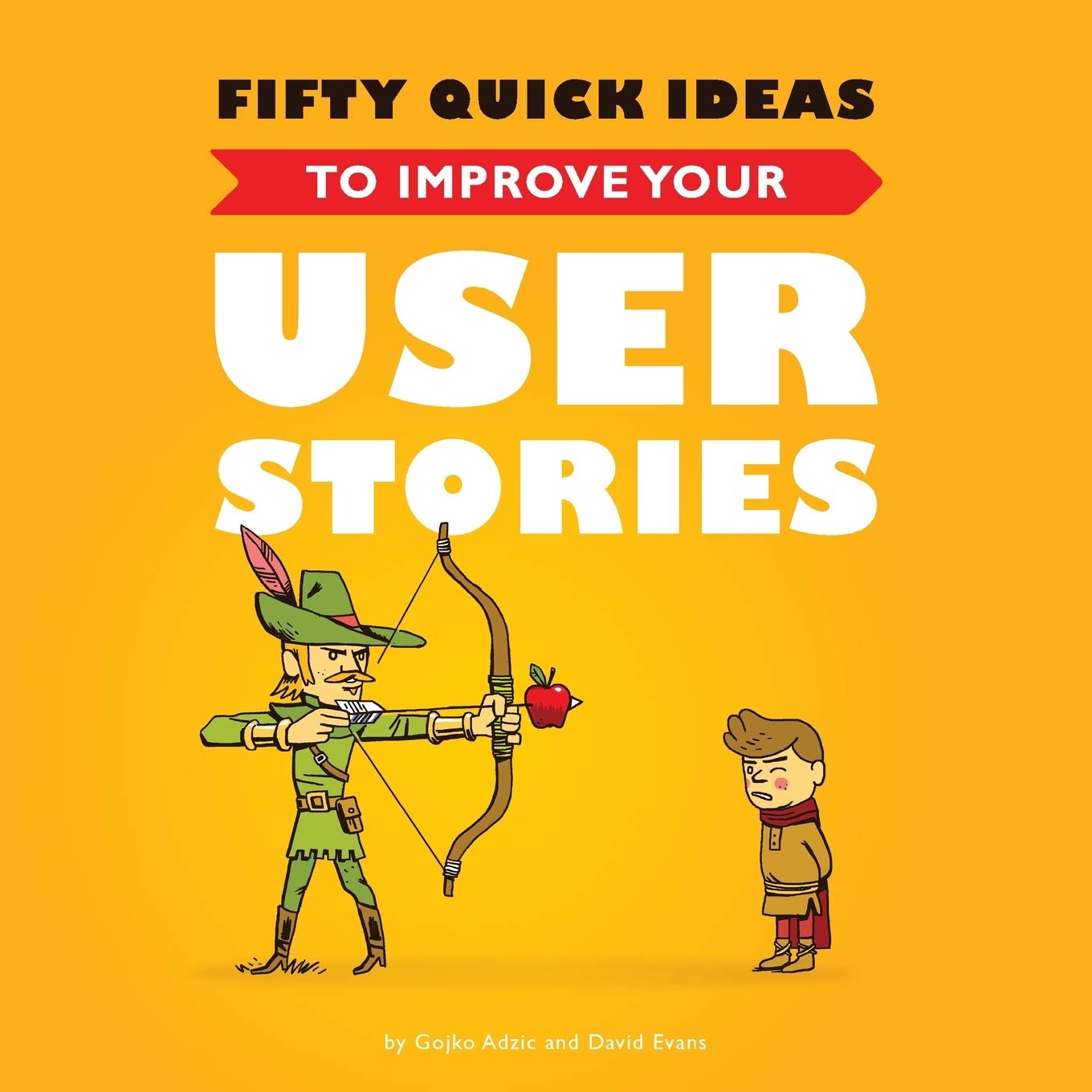BA Must-Reads: #1 User Stories
1. Fifty Quick Ideas to Improve Your User Stories
Very easy to read in one sitting, as well as being a trusty point of reference you can refer to again and again. But, what I particularly like about this book is that it doubles up as a helpful set of prompts and talking points for community ‘share and learns’, or for mentoring sessions with those who are new to working with user stories.
This is part of a wider range of similar publications from authors Gojko Adzic and David Evans, that sit within the ‘Fifty Quick Ideas’ series.
This book will help you write better stories, spot and fix common issues, split stories so that they are smaller but still valuable, and deal with difficult stuff like crosscutting concerns, long-term effects and non-functional requirements.
2. User Story Mapping: Discover the Whole Story, Build the Right Product
If you’re working on a large or complex product, with an ever-growing backlog – then User Story Mapping, also referred to as just ‘Story Mapping’ can be a good friend.
We all know how hard it can be to make sense of a list stories, whether they’re on post-its, cards or as tickets in Jira. But with this essential book for any BA or Product Manager – then you’ll be able to see how User Story Mapping can help you understand the big picture, the whole product and ultimately apply a structure and order to what you do. It clearly helps you and your team determine a well thought out MVP and focusses your priority on what matters first.
To quote directly from the author, Jeff Patton:
User story mapping is a valuable tool for software development, once you understand why and how to use it. This insightful book examines how this often misunderstood technique can help your team stay focused on users and their needs without getting lost in the enthusiasm for individual product features.

3. User Stories Applied: For Agile Software Development
Often refered to as the bible of ‘User Stories’. This classic by Mike Cohn, first published in 2004, is a must for anyone who works with user stories. Whether you’re a seasoned pro or just starting out.
To quote directly, with this book you’ll learn about:
- Flexible, quick and practical requirements that work
- Save time and develop better software that meets users’ needs
- Gathering user stories — even when you can’t talk to users
- How user stories work, and how they differ from use cases, scenarios, and traditional requirements
- Leveraging user stories as part of planning, scheduling, estimating, and testing
- Ideal for Extreme Programming, Scrum, or any other agile methodology
As an Amazon Associate I earn from qualifying purchases, which help towards the running costs of the site.


